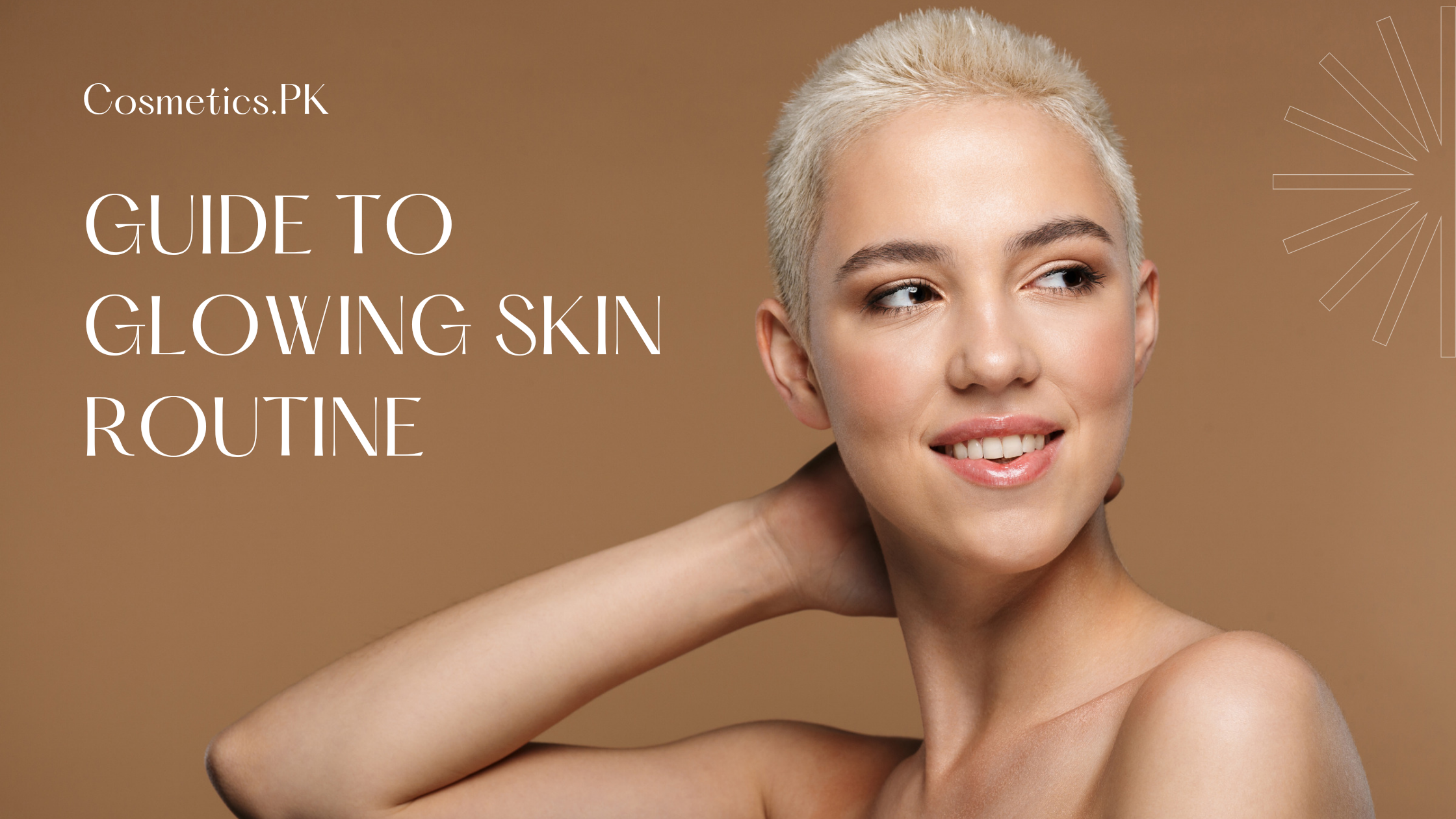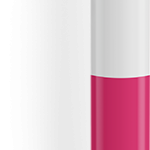The quest for radiant and healthy skin is never-ending. From trying out the latest skincare products to incorporating healthy habits into our daily routine, we all strive for that enviable, glowing complexion. But with so much information and products available, it can be overwhelming to know where to start. That’s why we’ve created the ultimate guide to help you build a skincare routine that works best for you and your skin.
In this comprehensive guide, you’ll discover the key steps to creating a personalized skincare routine that will leave your skin looking and feeling its best. From the importance of cleansing and moisturizing to the role of serums and facial oils, we’ll walk you through every aspect of building a routine that works for you. We’ll also provide recommendations for the best products in each category, so you can find the perfect products to fit your skincare needs.
Whether you have dry, oily, or combination skin, this guide will provide you with the information and tools you need to achieve a healthy, glowing complexion. So, say goodbye to dull and tired-looking skin and hello to a refreshed, radiant you. Get ready to discover the secrets to a glowing skin routine and achieve the skin you’ve always dreamed of!
- Understanding Your Skin Type: Dry, Oily, Combination, or Sensitive
- Cleansing: The First Step to a Radiant Complexion
- Exfoliating: The Secret to a Smooth and Bright Skin
- The Power of Toners: Balancing Your Skin’s pH
- Moisturizing: Keeping Your Skin Hydrated and Plump
- Serums and Facial Oils: Targeting Specific Skin Concerns
- SPF: Protecting Your Skin from Sun Damage
- Incorporating Masks and Treatments into Your Routine
- Creating a Morning and Evening Skincare Routine
- Tips for Maintaining a Glowing Skin Routine
- Products Recommendations for a Radiant Complexion
This structure provides a comprehensive overview of the steps and products involved in building a successful skincare routine for a radiant complexion.
Understanding Your Skin Type: Dry, Oily, Combination, or Sensitive
Before you start building your skincare routine, it’s important to understand your skin type. This information will help you determine the best products and techniques for keeping your skin healthy and glowing. There are four main skin types: dry, oily, combination, and sensitive.
Dry skin is characterized by flakiness, tightness, and itching. People with dry skin tend to have less oil production and may experience fine lines and wrinkles earlier in life. Oily skin is marked by a shiny appearance and large pores, which can lead to acne breakouts. Combination skin is a mix of both dry and oily areas, usually with oilier skin in the T-zone (forehead, nose, and chin) and drier skin on the cheeks. Sensitive skin is prone to redness, irritation, and itching, and may react negatively to certain skincare products.
To determine your skin type, wash your face and wait an hour without applying any products. After an hour, take a look at your skin. Is it oily or does it feel tight and dry? Are there any areas that are more oily or dry than others? Once you have a good understanding of your skin type, you can tailor your skincare routine to meet your specific needs.
For example, those with dry skin should look for products that are hydrating and nourishing, such as facial oils, creams, and lotions. People with oily skin should opt for lightweight, oil-free products that can help control excess oil production. Those with sensitive skin should look for products that are gentle and free of fragrances, dyes, and other potentially irritating ingredients.
By understanding your skin type, you’ll be able to create a skincare routine that works best for you, leaving you with a healthy and glowing complexion. So take the time to get to know your skin, and see the difference it makes in your skincare routine!
Cleansing: The First Step to a Radiant Complexion
Cleansing is an essential step in any skincare routine, as it helps remove dirt, oil, makeup, and other impurities from the skin. This not only leaves your skin feeling fresh and clean, but it also prepares your skin to better absorb the products you apply later in your routine.
The type of cleanser you choose should be based on your skin type. For example, those with dry skin may benefit from a creamy, hydrating cleanser, while those with oily skin may prefer a foaming cleanser that helps control oil production. For those with sensitive skin, a gentle, fragrance-free cleanser is ideal.
It’s important to be gentle when cleansing your skin, as harsh scrubbing can cause irritation and redness. Use lukewarm water and massage the cleanser into your skin in a circular motion for about 30-60 seconds. This will help to loosen dirt and impurities, and leave your skin feeling clean and refreshed.
It’s also important to use a cleanser that’s appropriate for your skin type. Cleansers that are too harsh or stripping can leave your skin feeling dry and tight, while cleansers that are too rich can leave your skin feeling greasy. By finding a cleanser that’s right for you, you’ll set the foundation for a healthy and radiant complexion.
Exfoliating: The Secret to a Smooth and Bright Skin
Exfoliation is an important step in any skincare routine as it helps to remove dead skin cells and reveal brighter, smoother skin. By getting rid of the old, dull skin cells, you allow your skin to better absorb skincare products, leaving your complexion looking healthier and more radiant.
There are two types of exfoliation: physical and chemical. Physical exfoliation involves using a scrub or brush to physically remove dead skin cells, while chemical exfoliation uses ingredients such as alpha-hydroxy acids (AHAs) or beta-hydroxy acids (BHAs) to dissolve dead skin cells. Both types of exfoliation have their benefits, so choose the one that works best for your skin type.
For those with dry or sensitive skin, physical exfoliation may be too harsh. Instead, consider using a gentle chemical exfoliant, such as a AHA or BHA serum or toner. For those with oily or acne-prone skin, a physical exfoliant can be effective in removing dead skin cells and controlling oil production. Just be sure to choose one with small, gentle beads, and avoid harsh scrubs that can irritate the skin.
It’s important to exfoliate your skin regularly, but not too often. Over-exfoliation can leave your skin feeling irritated and sensitive, and can even lead to long-term damage. Most people can safely exfoliate 1-2 times per week, but be sure to listen to your skin and adjust your routine accordingly.
Moisturizing is an essential step in any skincare routine, as it helps to hydrate and nourish your skin, leaving it looking and feeling soft, supple, and healthy. Without adequate hydration, your skin can become dry, dull, and more prone to wrinkles and fine lines.
The type of moisturizer you choose should be based on your skin type. For example, those with oily skin may prefer a lighter, oil-free moisturizer, while those with dry skin may benefit from a thicker, more hydrating cream. For those with sensitive skin, a fragrance-free, gentle moisturizer is ideal.
It’s important to apply your moisturizer while your skin is still slightly damp, as this will help to lock in hydration and improve the effectiveness of the product. Use a small amount of moisturizer and massage it into your skin in a circular motion, focusing on areas that tend to be drier, such as your cheeks and forehead.
In addition to hydration, it’s also important to choose a moisturizer that provides other benefits, such as SPF protection, anti-aging ingredients, or antioxidants. These additional benefits will help to keep your skin looking and feeling its best, no matter what your skin type.
In conclusion, moisturizing is an essential step in any skincare routine, as it helps to hydrate and nourish your skin, leaving it looking and feeling soft, supple, and healthy. So choose a moisturizer that’s appropriate for your skin type, apply it while your skin is still slightly damp, and look for one that provides additional benefits, and you’ll be on your way to a hydrated, radiant complexion!”
The Power of Toners: Balancing Your Skin’s pH
Toners are often an overlooked step in a skincare routine, but they play a crucial role in maintaining the balance of your skin’s pH and providing additional benefits. By restoring the natural pH balance of your skin, toners help to prepare your skin for the next steps in your routine, such as moisturizing and applying other active ingredients.
Toners can also provide additional benefits, such as hydration, soothing ingredients, and exfoliating acids. Choose a toner that’s appropriate for your skin type, and apply it after cleansing and before moisturizing. For those with dry or sensitive skin, a hydrating toner is ideal, while those with oily or acne-prone skin may benefit from a toner with exfoliating acids.
It’s important to choose a toner that’s appropriate for your skin type, as using the wrong type of toner can lead to irritation or dryness. For example, those with dry skin may benefit from a hydrating toner with ingredients such as aloe vera, while those with oily skin may benefit from a toner with exfoliating acids, such as salicylic acid or glycolic acid.









